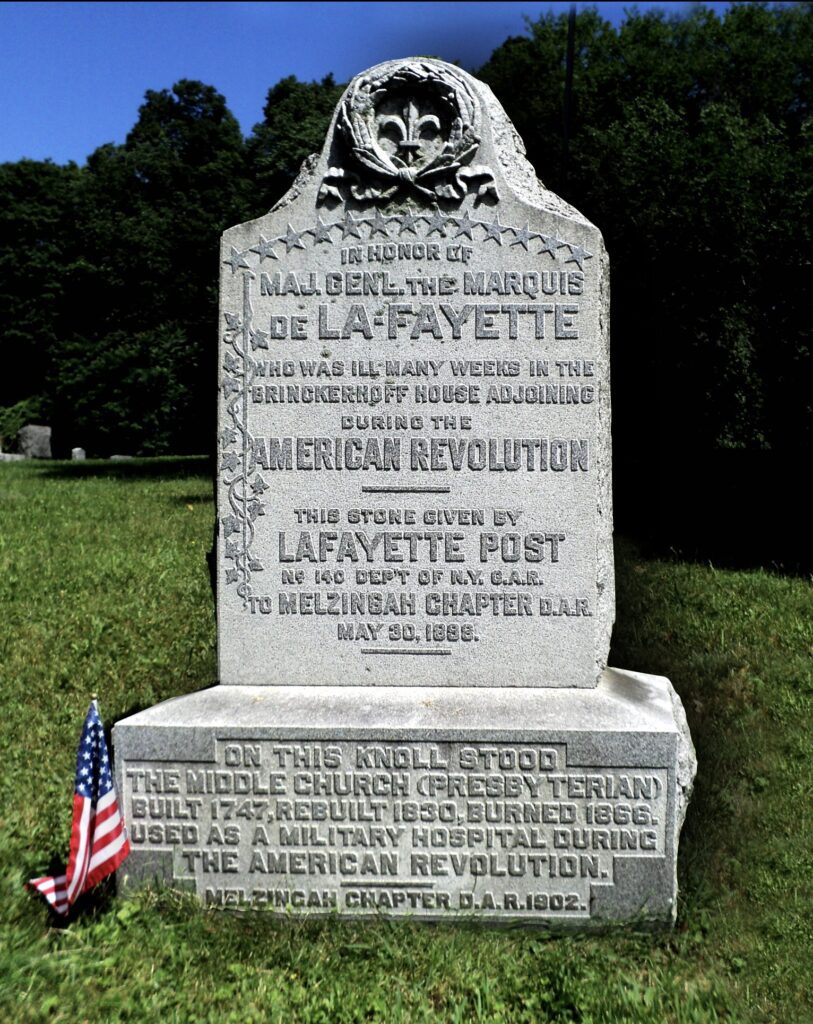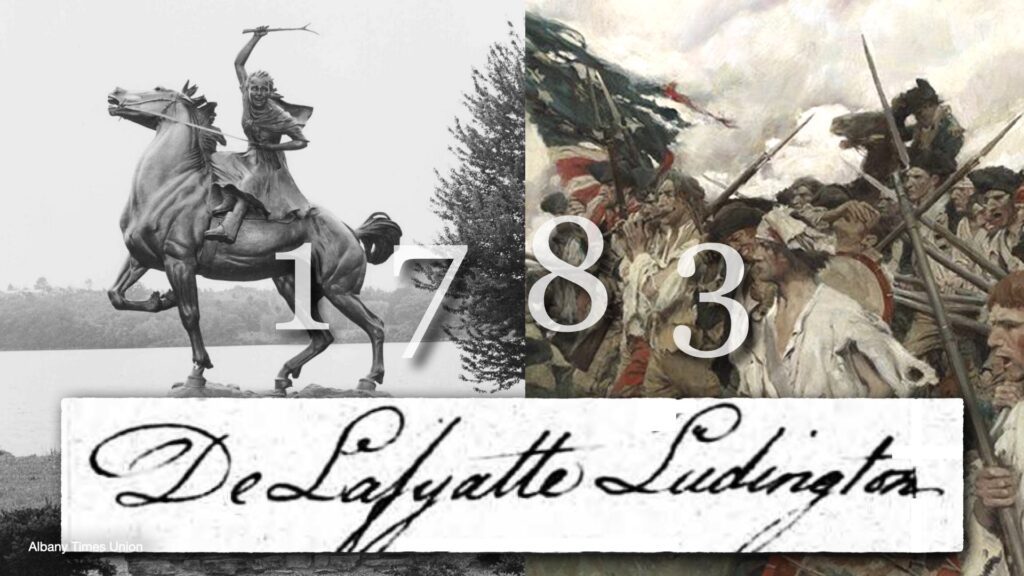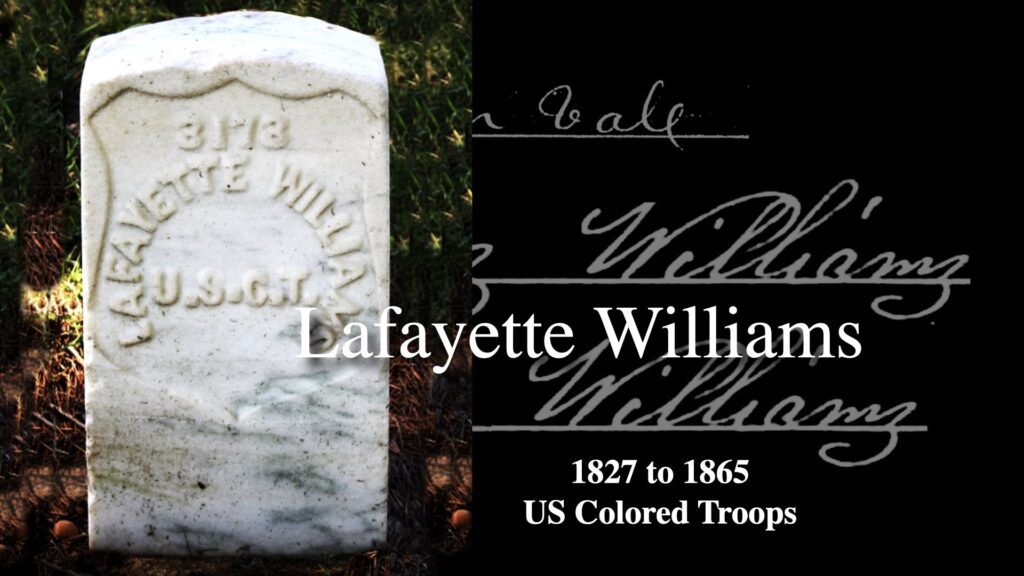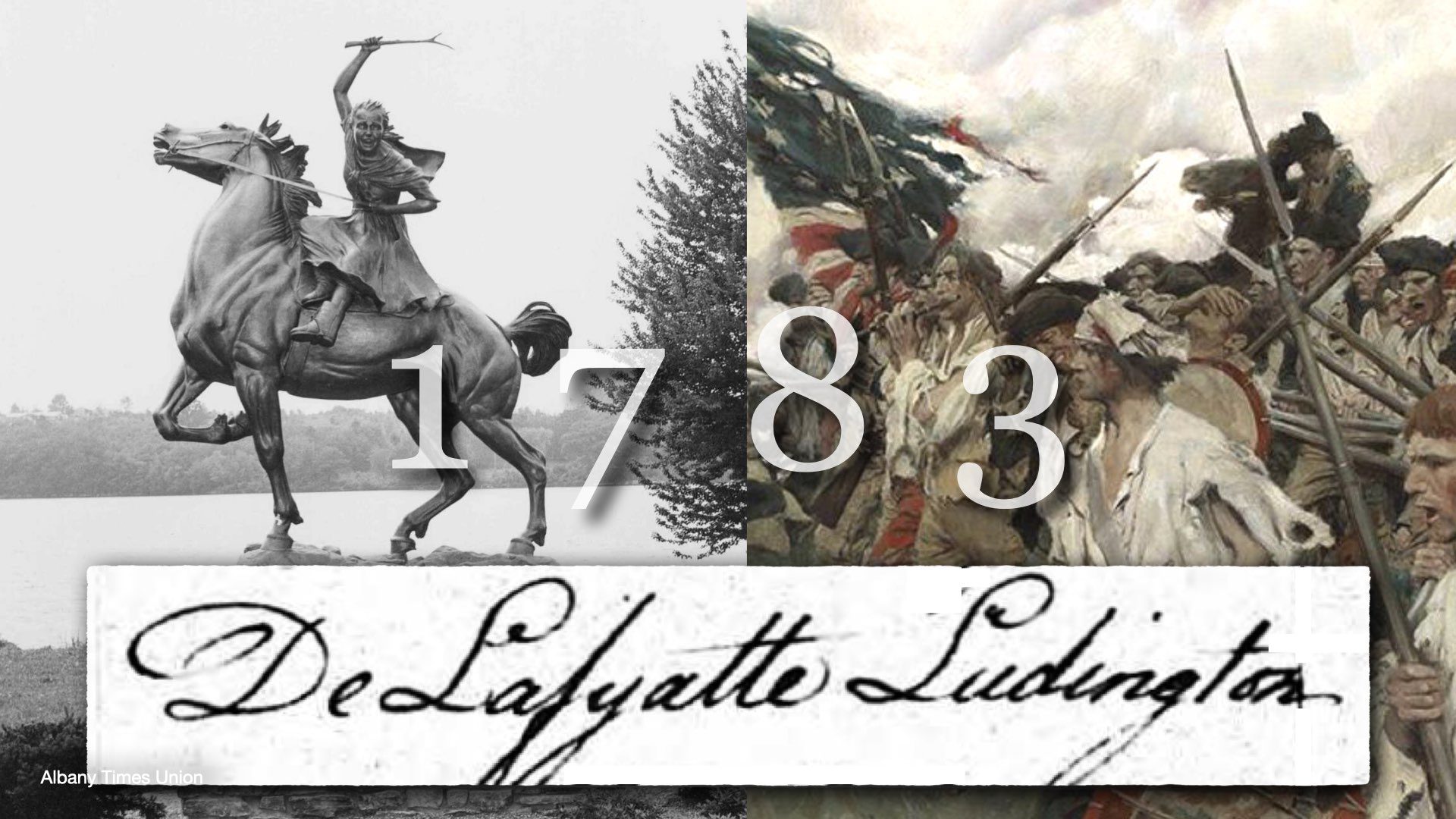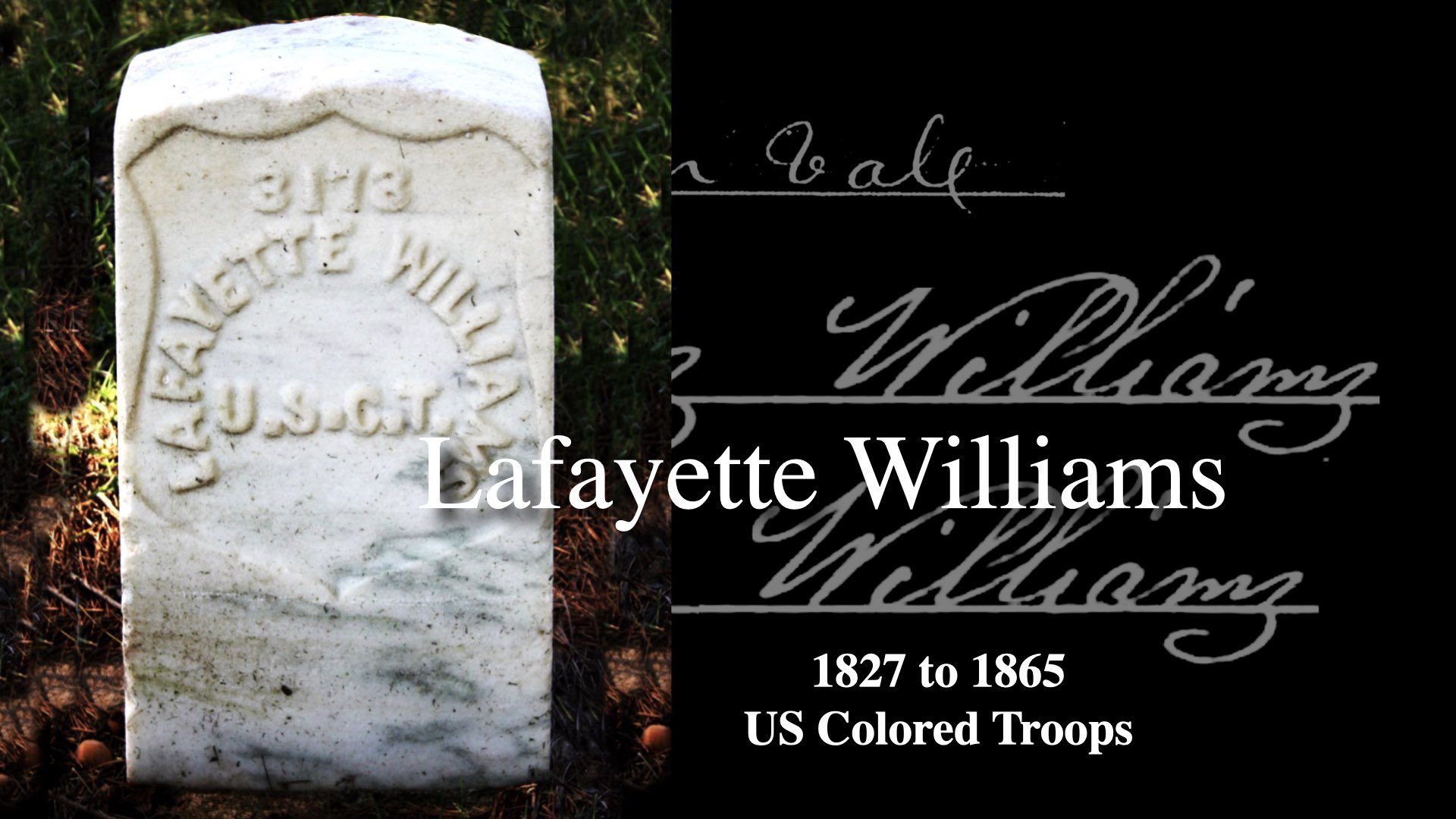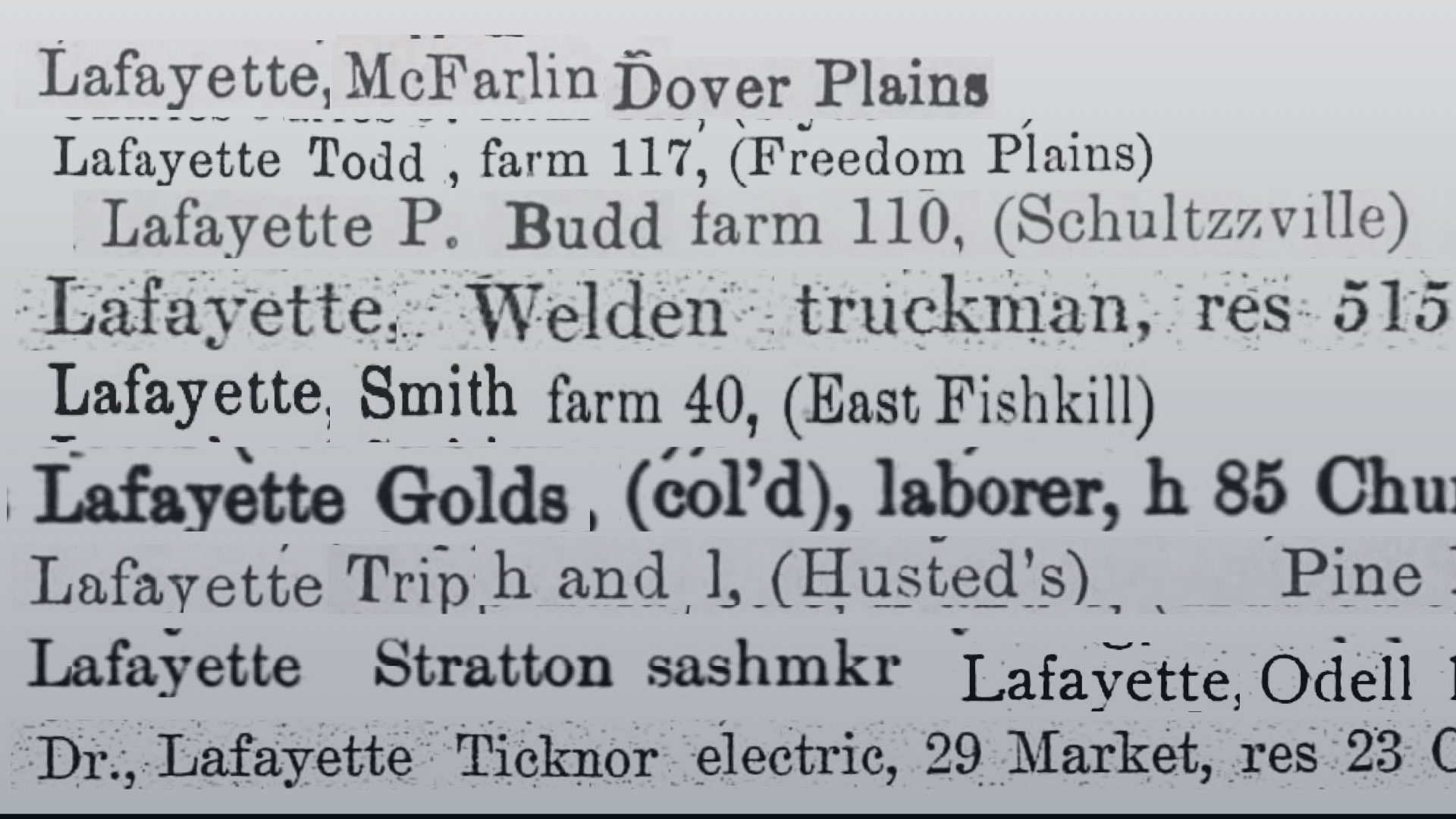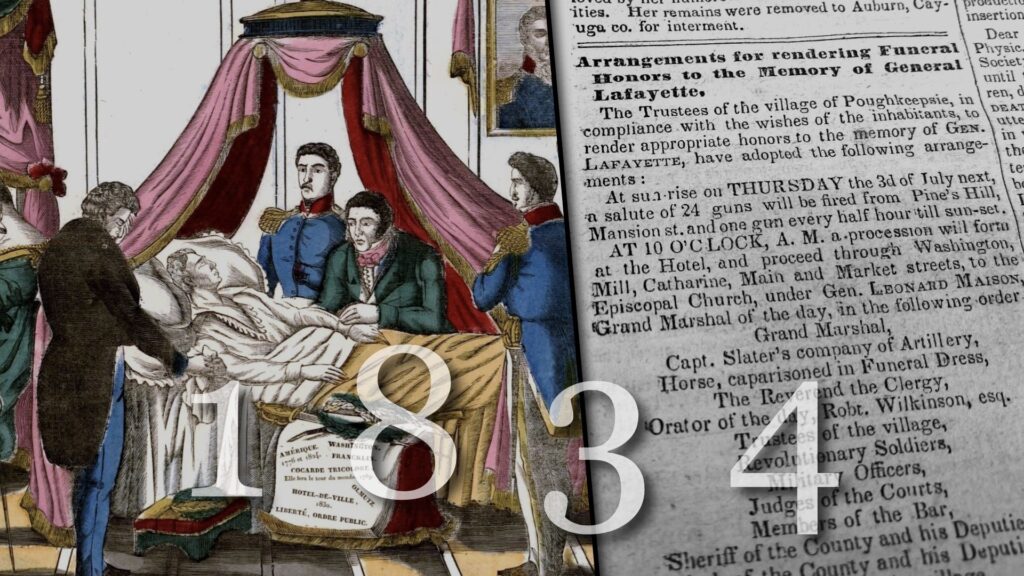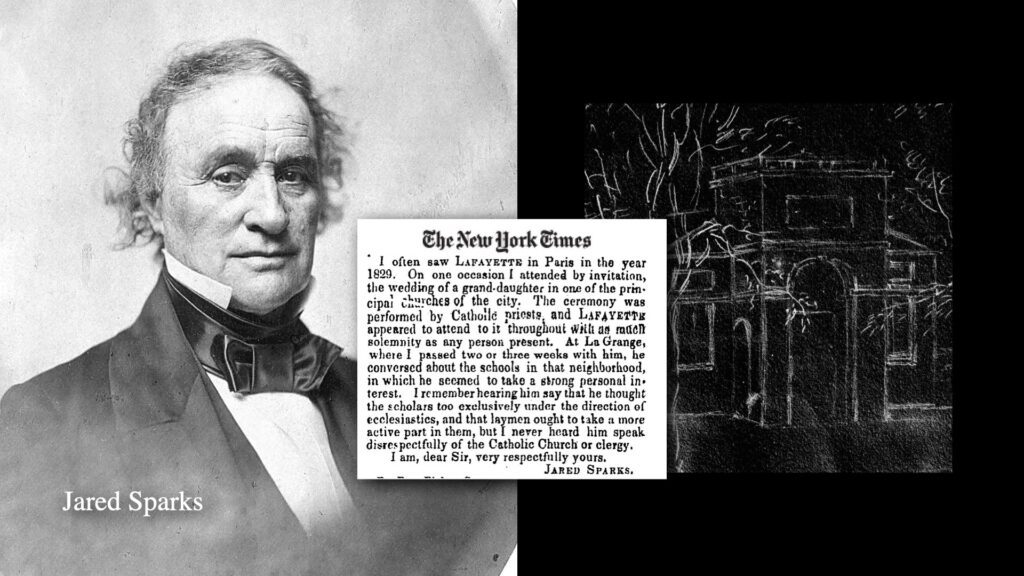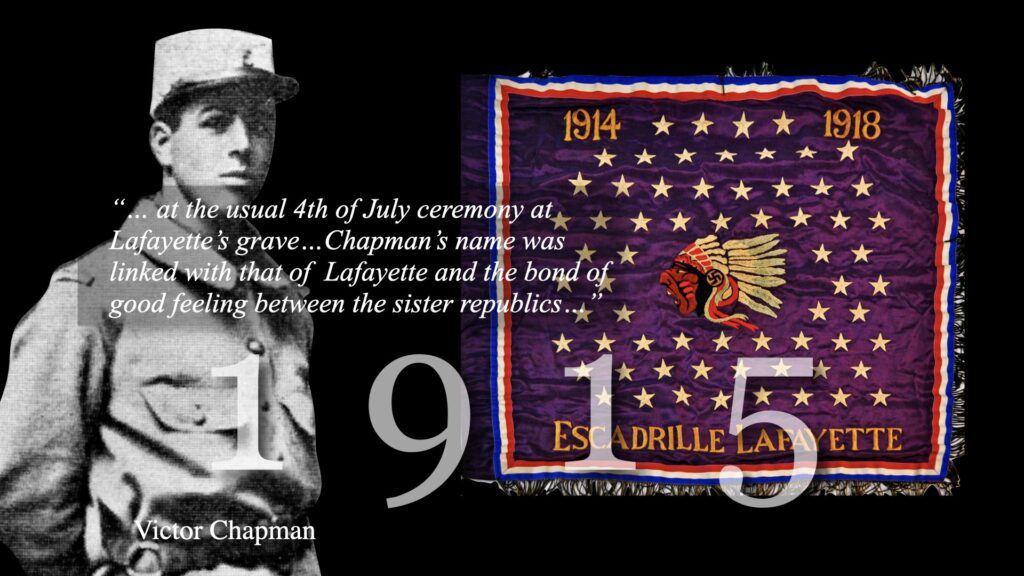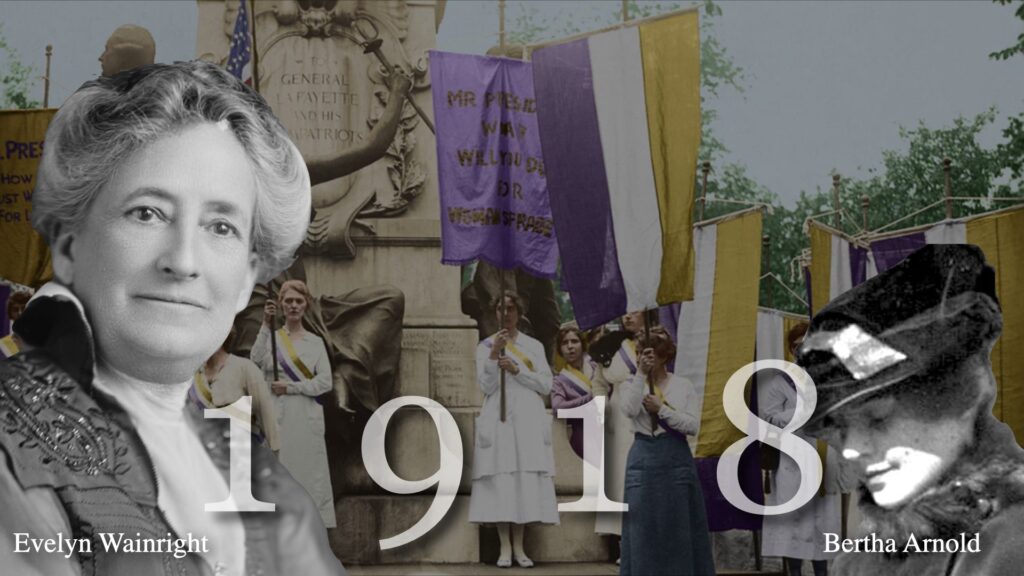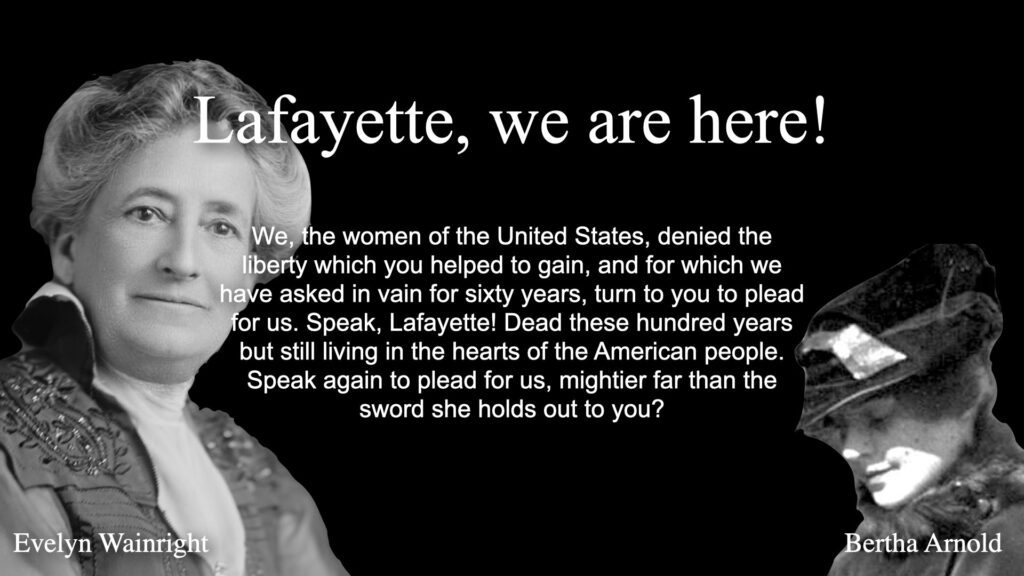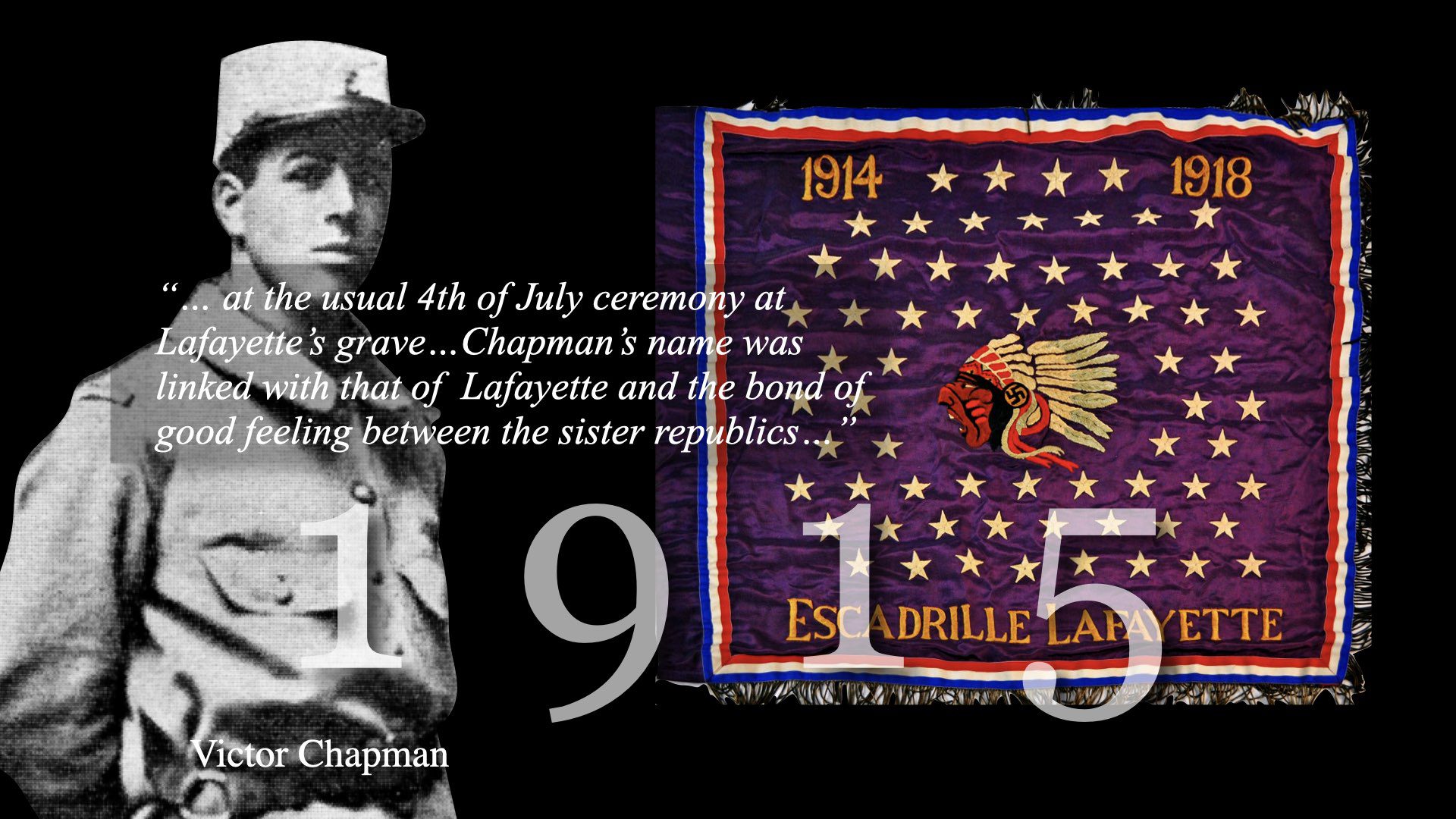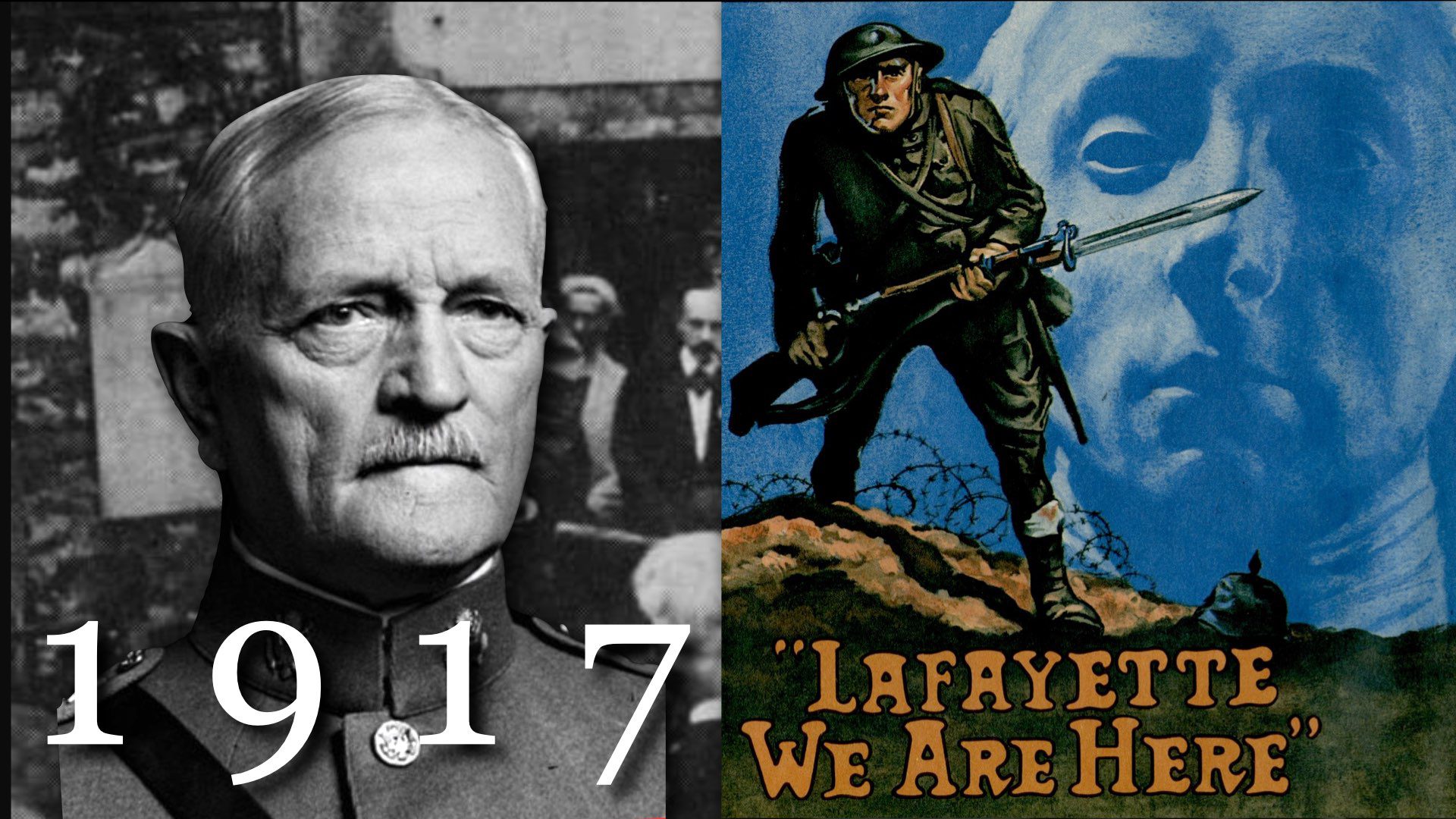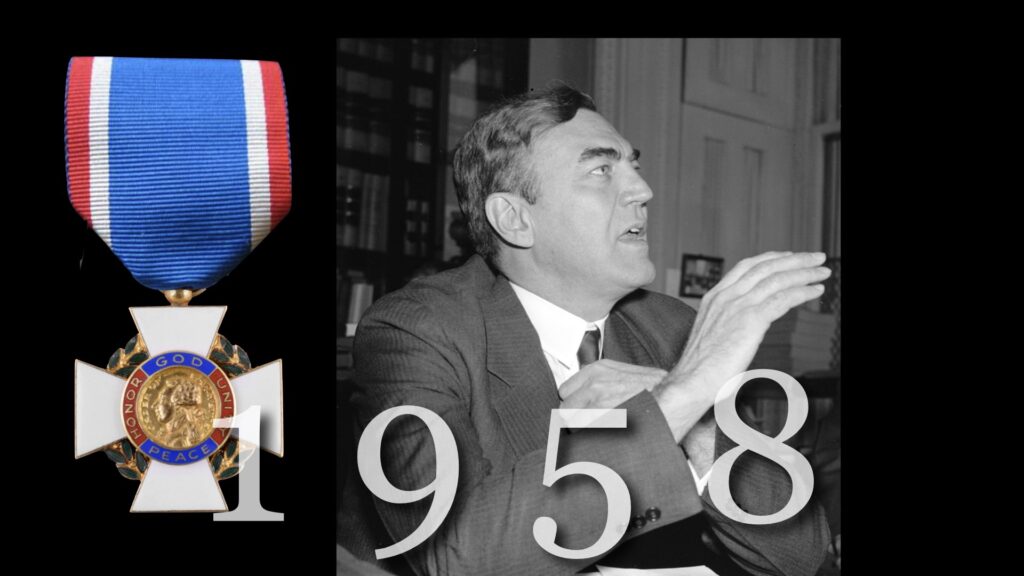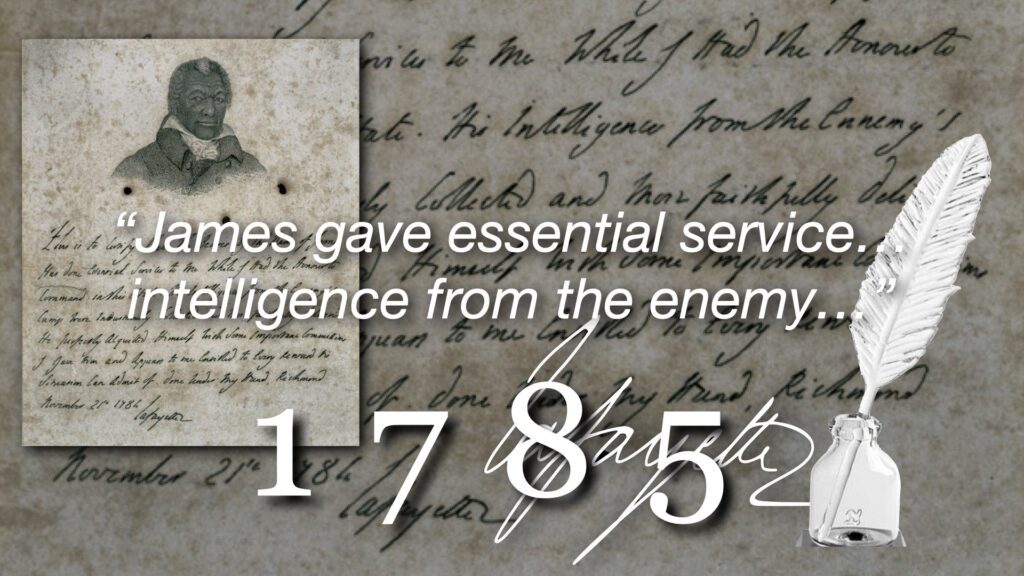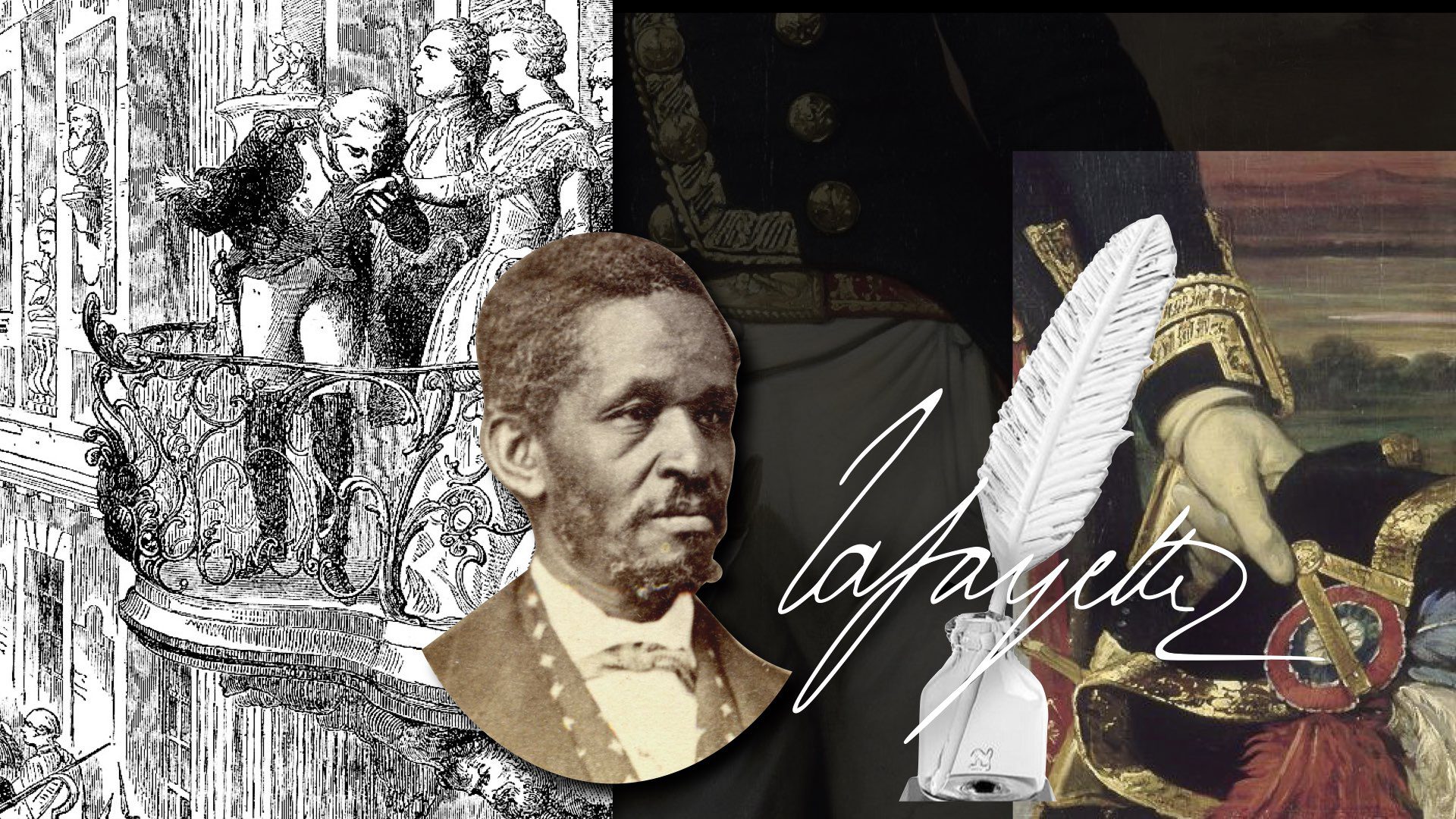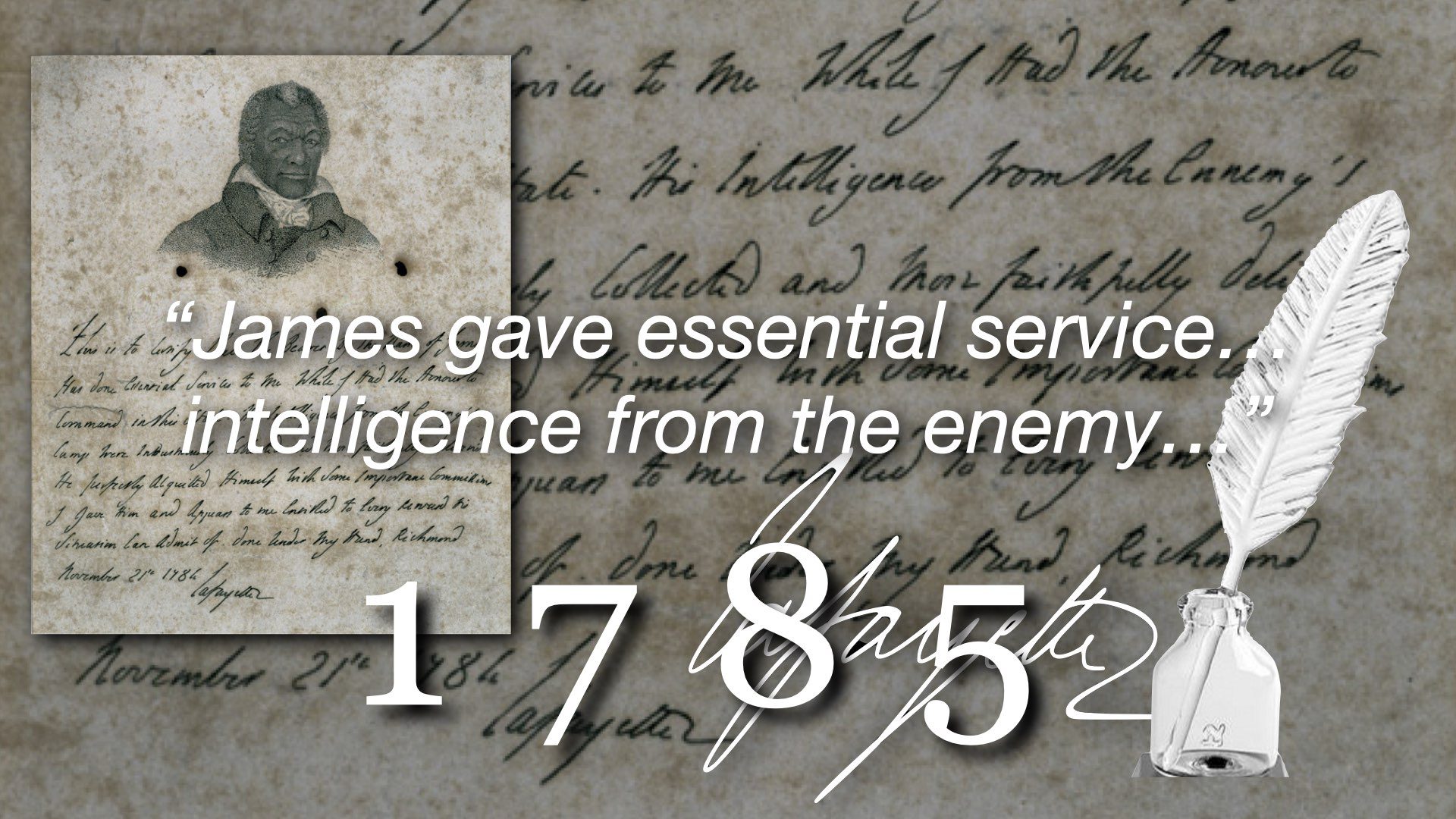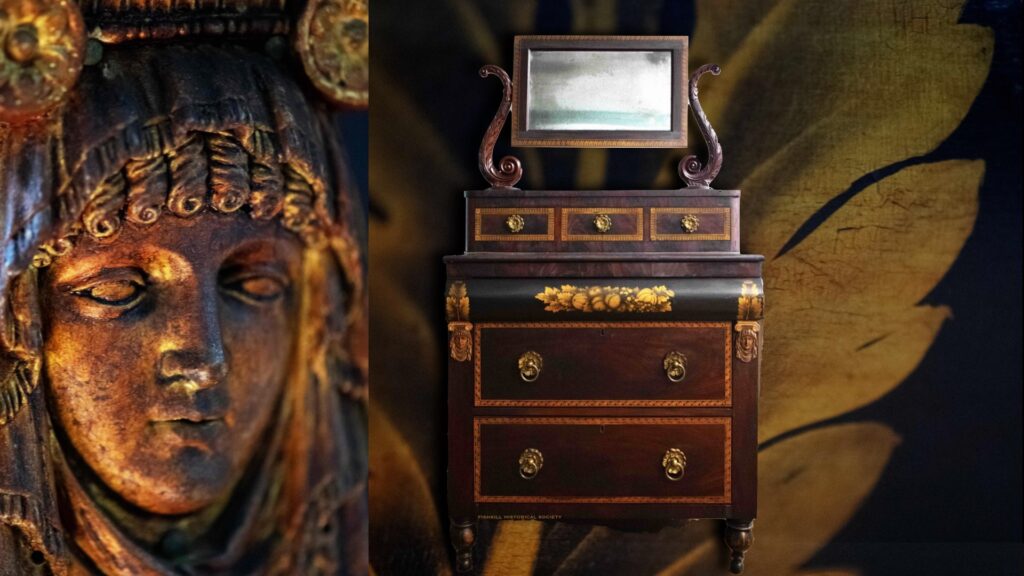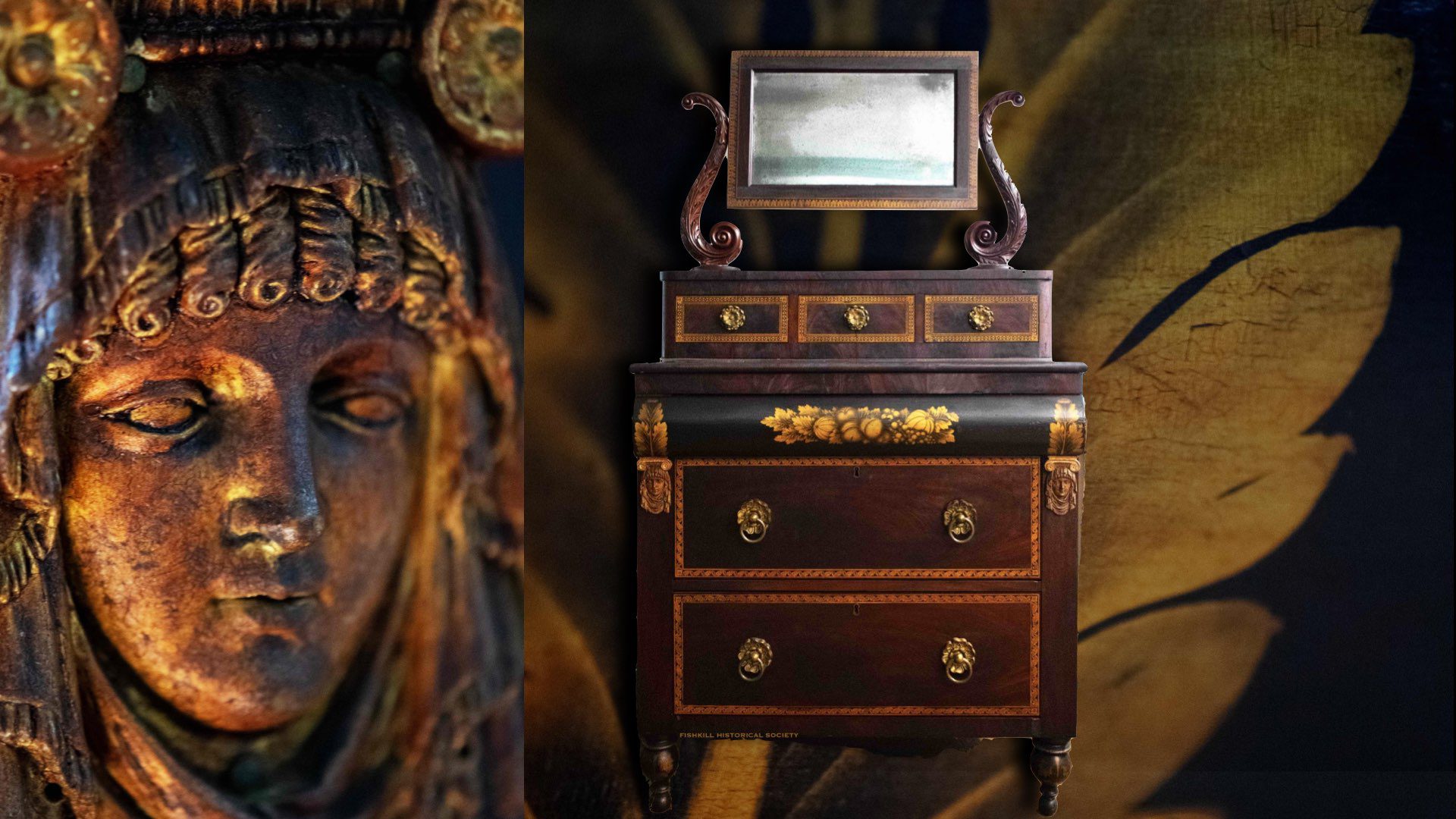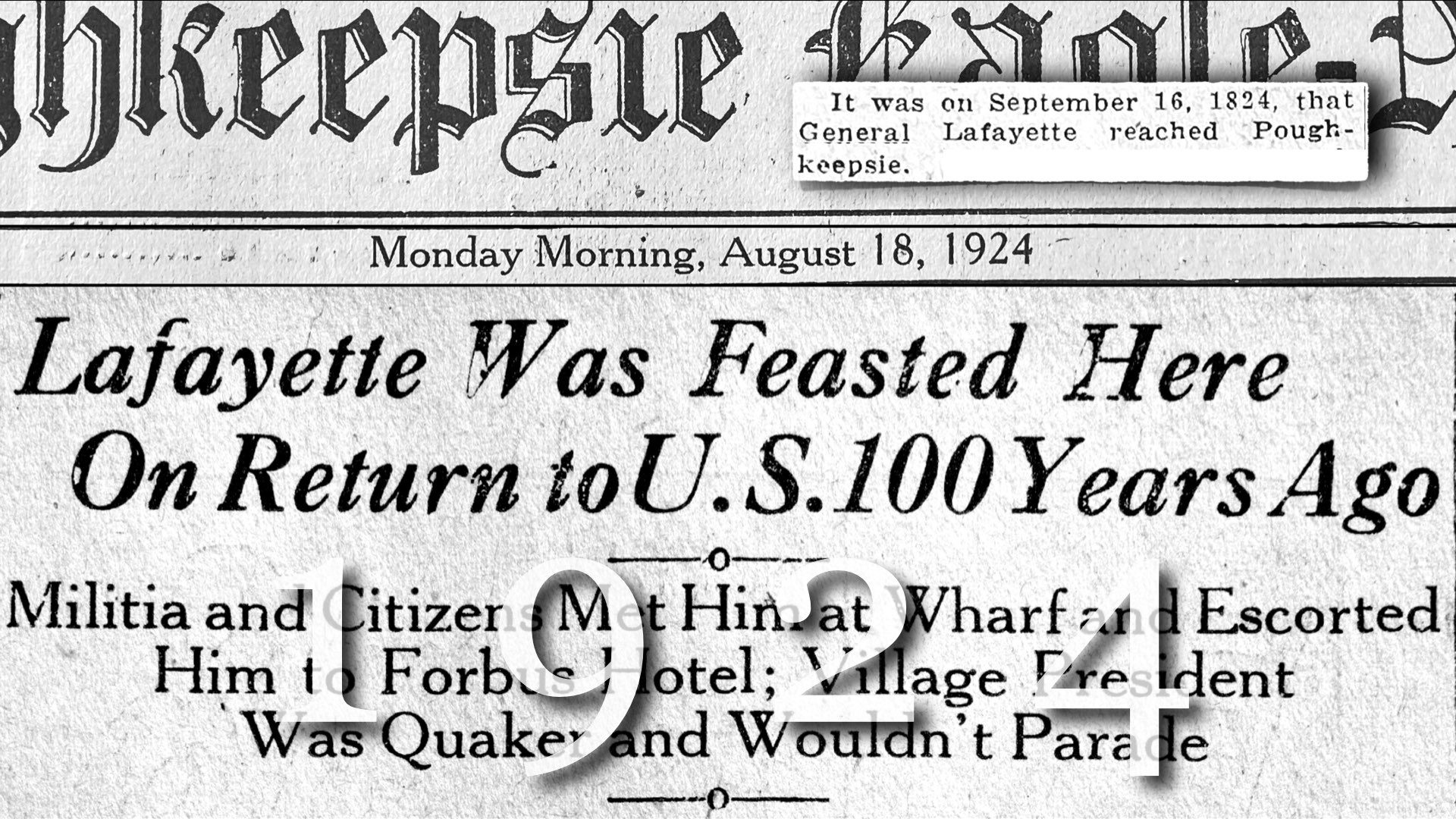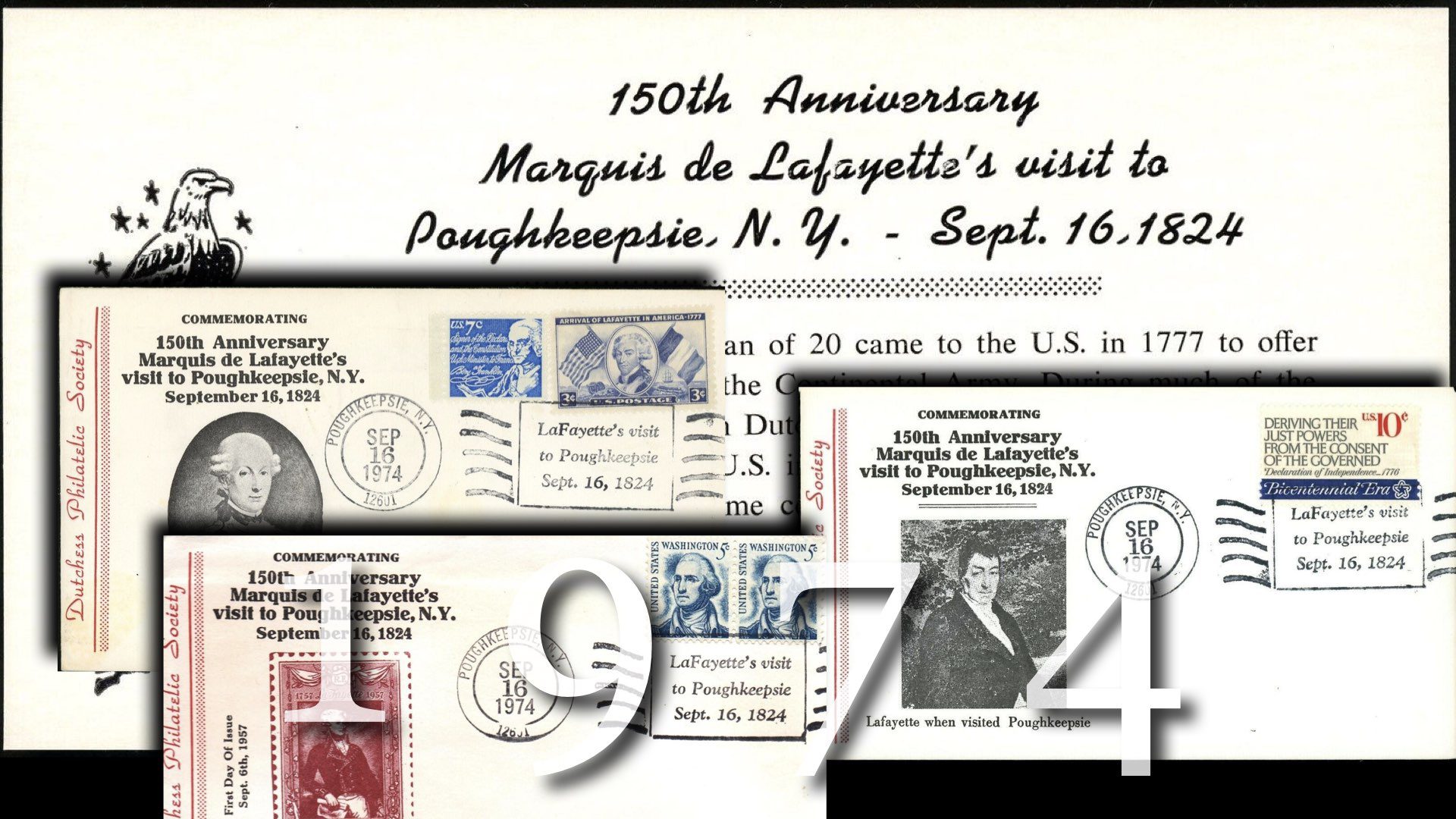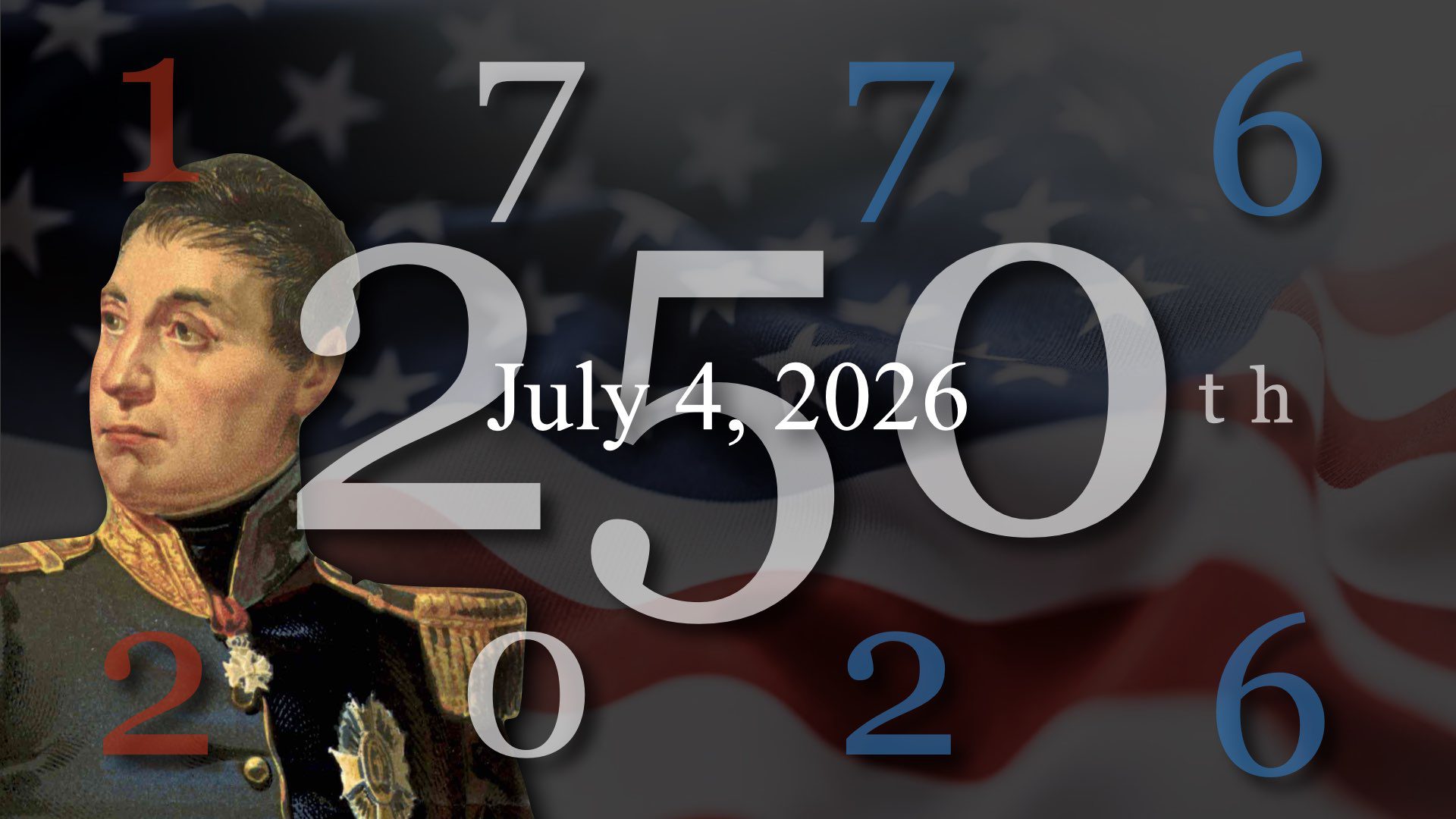Why have so many admired Lafayette for so long?
The Dutchess County Historical Society was honored to speak at this important Fishkill commemoration of Lafayette. We can learn so much about why he remains important by looking through the lens of local history. Lafayette earned the admiration of George Washington, and was honored by established, foundational orders like the Freemasons and Society of Cincinnati. But the historic, record turnout of crowds to welcome him during his 1824 to 1825 tour reflect the wide admiration held by a diverse group of American people, who placed their various hopes and dreams in him. Among them: working class Protestants, free and enslaved Blacks, Indigenous Peoples, women and American soldiers, generals and Congressmen across the 18th, 19th, 20th and 21st centuries.
Understanding what they saw in Lafayette may suggest what we might want to understand as well.
Bill Jeffway, August 2023
Executive Director, Dutchess County Historical Society
Bicentennial Committee, American Friends of Lafayette
A ceremony to honor the Marquis de Lafayette: celebrating 125 years of the Lafayette Monument in Fishkill
On Sunday, August 27, 2023 at 11:00 a.m. a ceremony to honor of the Marquis de Lafayette, celebrating 125 years of the Lafayette Monument in Fishkill, took place at Rombout Rural Cemetery, 1571 Route 52, Fishkill, NY. The ceremony was hosted by the Town of Fishkill in partnership with the Rombout Rural Cemetery and the Melzingah Chapter, National Society of the Daughters of the American Revolution, featuring special guest M. Damien Laban, French Deputy Consul General in New York.
Bill Jeffway’s remarks of August 27, 2023 begin here.
September 19th of 2024 will mark the 200th anniversary of Revolutionary War Major General Lafayette’s visit to Fishkill, part of a late-in-life farewell tour that lasted 13 months and included all 24 States. The question is: should we recognize next year’s anniversary, and if so, why?
Consider an answer, through the lens of local history…where we find that admiration for Lafayette transcends not just centuries, but social and economic class, faith, gender and race. He inspired not only George Washington, but Indigenous Peoples, free and enslaved Blacks, the working class, women, defenders of Irish Catholics, US soldiers, generals…and US Congressmen. Let me explain.
Use left/right arrows at the side of the image, or the thumbnails below, to scroll through images.
In the nearby image of Daniel Nimham you have the face of Indigenous Peoples who fought for the American cause. Lafayette was known for earning the trust and engaging the Oneida during the war. They called him, great warrior, in their native language, as a sign of respect.
In 1783 Fishkill’s Captain Comfort Ludington and wife Elizabeth named their newborn son, deLafayette Ludington.
Forty-four years later, in 1827, Thomas and Jane Williams, a free Black couple in Union Vale named their newborn son Lafayette Williams. Lafayette Williams grew to serve, and die, in the Civil War in 1865, in the US Colored Troops. He is buried at the national cemetery in City Point, Virginia.
In 1854, two decades after Lafayette’s death, Lafayette’s name was invoked by voices against, and in defense of — Catholic immigrant voices, when the well known historian, Jared Sparks with Hyde Park family ties, strongly asserted in national press that he knew from personal observation having lived with him for some time at his home, Lagrange, in France, that Lafayette was tolerant of all faiths.
Use left/right arrows at the side of the image, or the thumbnails below, to scroll through images.
In 1914, Red Hook’s Victor Chapman joined what came to be called the Lafayette Escadrille, serving as a pilot in the early and emerging practice of armed airplanes at the outbreak of World War One. His untimely death in battle over Germany led to a eulogy at Lafayette’s grave in Paris on July 4th, 1916 – where Chapman’s name was specifically linked to Lafayette as representative of the “good feeling between the sister republics.”
One year later – again at Lafayette’s grave in Paris – on July 4th, 1917 – US General Pershing and American troops rallied an American public skeptical of the recent US declaration of war on Germany – with the call that became the dominant theme in the war: “Lafayette we are here!” Poughkeepsie’s American Legion Post is today called the Lafayette Post, founded and named by C. Fred Close upon his return from service in France in World War One.
In September of 1918, women seeking a national right to vote assembled at Lafayette’s statue in Lafayette Square across from the White House and got national attention saying, “Lafayette, we are here! We, the women of the United States, denied the liberty which you helped to gain, and for which we have asked in vain for sixty years, turn to you to plead for us. Speak, Lafayette!” … By 1920 the amendment was adopted.
Use left/right arrows at the side of the image, or the thumbnails below, to scroll through images.
In 1958, local Congressman Hamilton Fish created and led the Order of Lafayette, to recognize those who served as officers in France – in either the First or Second World War.
For all the big plays on the global stage, as a man of two worlds, of both the American and French revolutions, I believe what makes Lafayette distinct is his lifelong, persistent, intimate gestures: a tip of a hat, a bow of respect, a hand shake, penning a letter of support, a gift as remembrance.
He kissed the hand of Marie Antoinette and calmed an angry crowd, at least for a time. Lewis Hayden credits his transition from enslaved Kentucky boy – to becoming a leading national abolitionist – to the recognition Lafayette bestowed on Hayden during his national tour.
Use left/right arrows at the side of the image, or the thumbnails below, to scroll through images.
Here in Fishkill, we find among the most beautiful examples of these intimate gestures, the desk Lafayette gave to the Brinkerhoff family during his 1824 visit, to thank them for nursing him from near death in October of 1778. You can see it exhibited at the Van Wyck Homestead and Museum on weekends. I highly recommend it.
I am recently involved with the American Friends of Lafayette, a historical and patriotic organization dedicated to the memory of Lafayette in the United States and France, and we are in the beginning stages of developing plans for the bicentennial. Please contact Arnold Restivo or me if you would like to be involved.
There could be no more important stop than Fishkill in particular, and Dutchess County more broadly (with the town of LaGrange in the south, and the hamlet of Lafayetteville in the north) because of this county’s strength in representing the diversity of admiration Lafayette earned.
Use left/right arrows at the side of the image, or the thumbnails below, to scroll through images.
I am recently involved with the American Friends of Lafayette, a historical and patriotic organization dedicated to the memory of Lafayette in the United States and France, and we are in the beginning stages of developing plans for the bicentennial. Please contact Arnold Restive or me if you would like to be involved.
There could be no more important stop than Fishkill in particular, and Dutchess County more broadly (with the town of LaGrange in the south, and the hamlet of Lafayetteville in the north) because of this county’s strength in representing the diversity of admiration Lafayette earned.
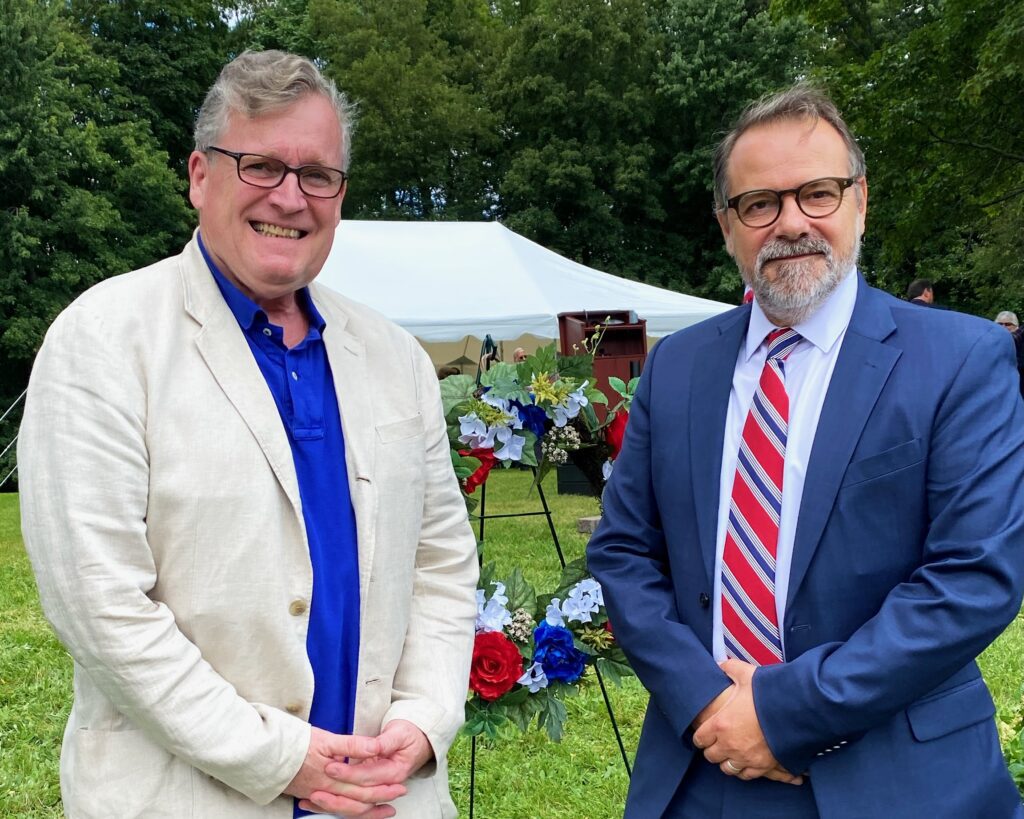

Above: DCHS Executive Director Bill Jeffway (left) and French Consulate of New York Deputy Consul General Damien Laban stand in front of the wreath placed at the Fishkill Lafayette monument during ceremonies. Contact Bill Jeffway or Arnold Restivo if you are interested in planning for the September 2024 bicentennial of Lafayette’s local visit.
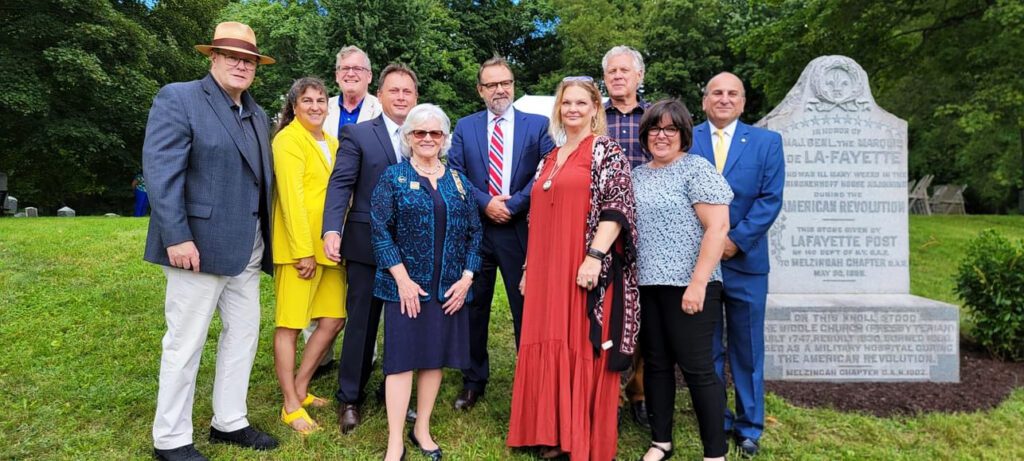

Above left to right: Fishkill Town Councilman Brian Wrye, Fishkill Town Councilwoman Louise Daniele, DCHS Executive Director Bill Jeffway, Fishkill Town Supervisor Ozzy Albra, Melzingah Chapter DAR Regent Nancy Giordano, French Consulate of New York Deputy Consul General Damien Laban, Rombout Rural Cemetery President Lisa Daley, Dutchess County Executive Willaim F. X. O’Neal, Fiskill Historical Society President Amy Mackenzie, Fishkill Municipal Historian Arnold Restivo.


